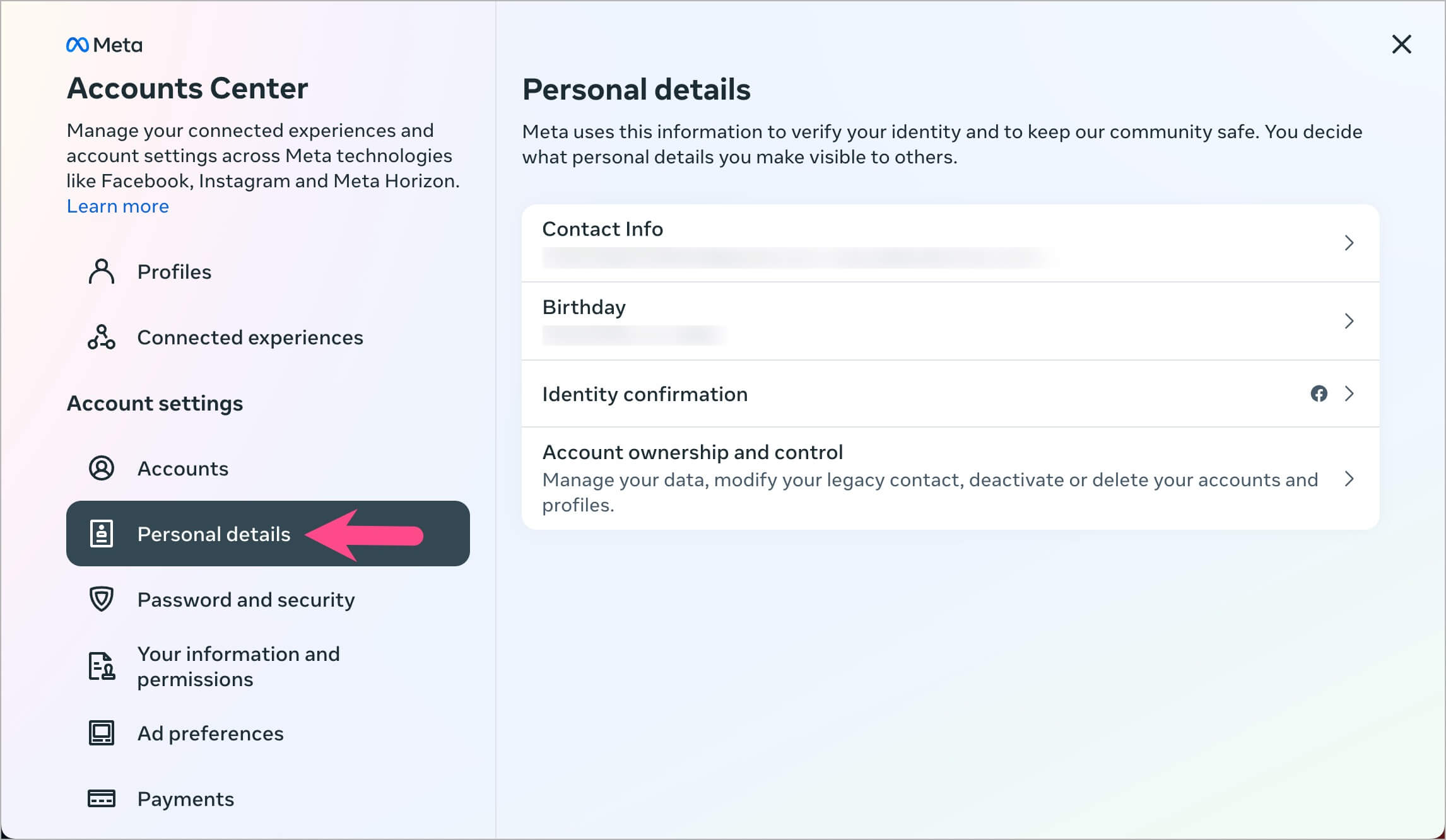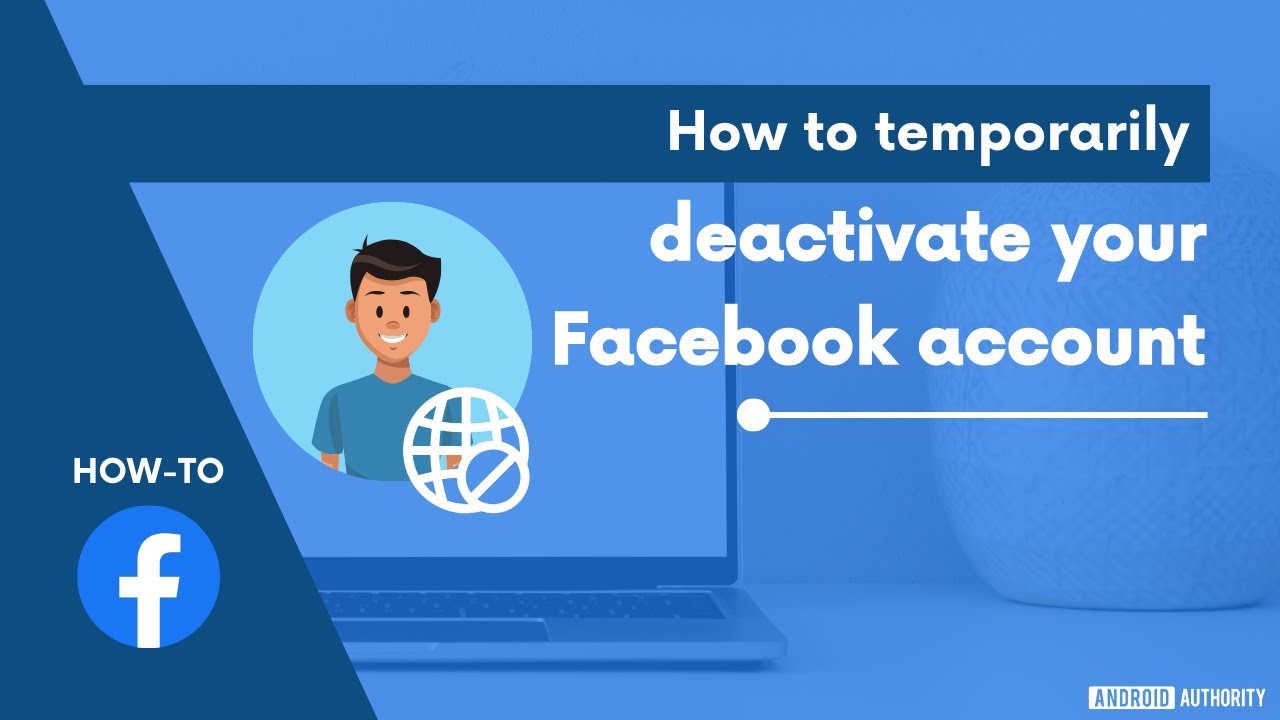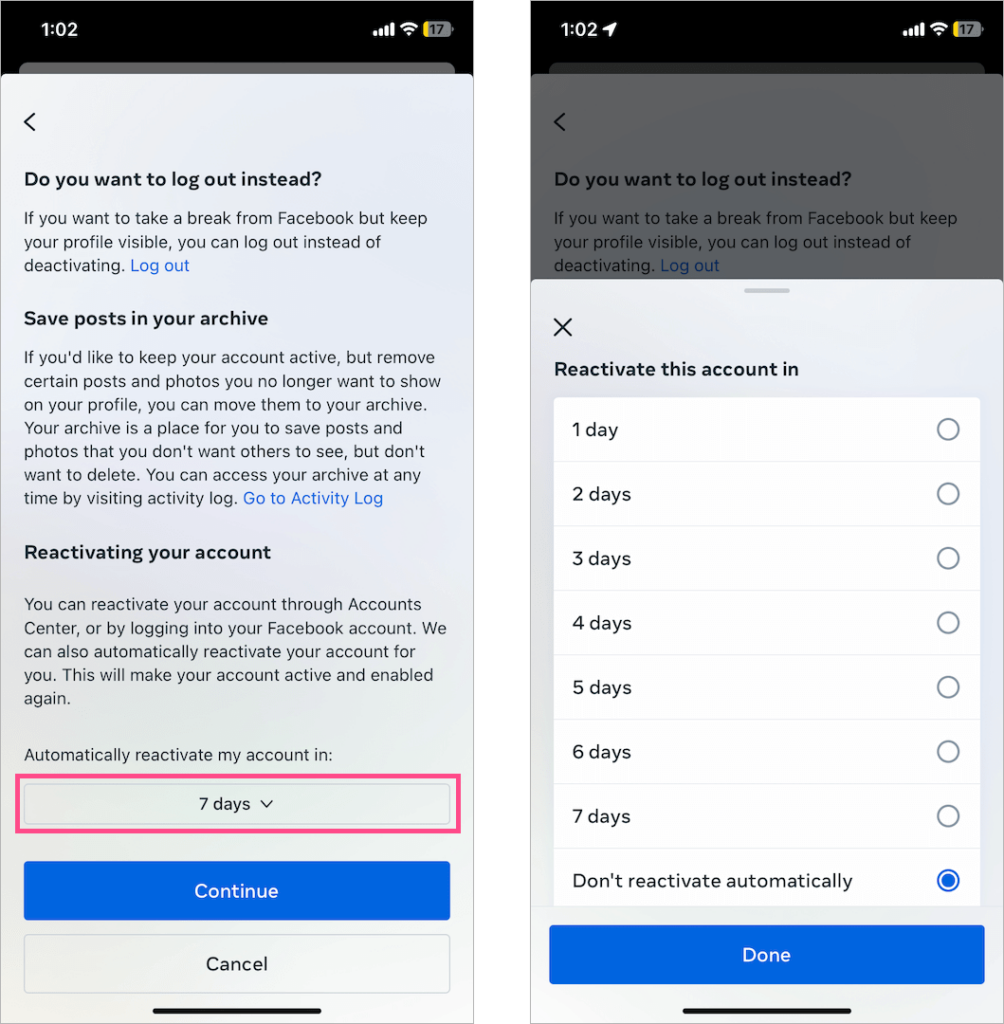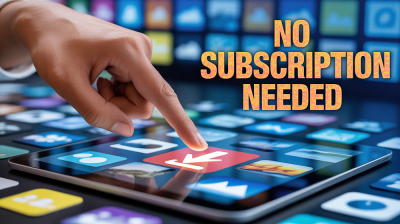Hey there! If you've been feeling overwhelmed by social media or just need a break from Facebook, you're in the right place. Whether it's for privacy reasons, mental health, or simply to focus on other aspects of your life, temporarily deactivating your Facebook account can be a refreshing choice. In this post, we'll explore why you might want to take that step and how to do it seamlessly.
Why You Might Want to Deactivate Your Facebook Account

There are plenty of reasons why someone might consider deactivating their Facebook account. Here are a few common ones:
- Digital Detox: Spending too much time on social media can lead to anxiety and stress. A break can help clear your mind.
- Privacy Concerns: With ongoing discussions about data privacy, stepping back can give you a sense of control over your personal information.
- Focus on Real-Life Connections: Sometimes, it’s easy to get lost in the online world. Taking a break allows you to reconnect with friends and family in the real world.
- Reducing Distractions: If you’re working on personal projects or studying, less social media time can boost your productivity.
- Managing Mental Health: If scrolling through feeds brings negativity or comparison, a temporary deactivation can be beneficial.
Here’s a closer look at each of these reasons:
Digital Detox: In our fast-paced world, it's easy to get caught up in the endless cycles of notifications and updates. A digital detox can help you regain control over your time and mental space, allowing you to engage in hobbies or activities that fulfill you.
Privacy Concerns: The recent revelations about data breaches and privacy violations have made many users rethink their online presence. If you're uncomfortable with how data is handled, deactivating your account might be the best option.
Focus on Real-Life Connections: Remember what it was like to have conversations without the distraction of a phone? Taking a break from Facebook can help foster deeper relationships with those around you, as you spend more quality time together without the digital noise.
Reducing Distractions: Looking for a productivity boost? Without the constant pings from social media, you can dive into your projects or studies without interruption. This can lead to improved focus and accomplishments.
Managing Mental Health: It’s no secret that social media can sometimes be a breeding ground for negativity. If you find yourself feeling anxious or inadequate after scrolling through your feed, a break could be just what you need to reset your mindset.
Ultimately, the decision to deactivate your Facebook account is personal and should align with your current needs and goals. Whether it’s a temporary hiatus for reflection or to reclaim your time, knowing your reasons can make the process feel more empowering.
Also Read This: How Guardians of the Galaxy Could Have Ended Differently
3. Step-by-Step Guide to Deactivate Your Facebook Account

Ready to take a break from Facebook? Whether you’re feeling overwhelmed by all the notifications or just need some time off, deactivating your account is a straightforward process. Let’s walk through it step by step!
Step 1: Log into Facebook
First things first, head over to the Facebook website or open the app on your device. Enter your credentials and log in to your account.
Step 2: Access Settings
Once you're logged in, look for the small downward arrow in the top right corner of the screen. This is your gateway to the settings. Click on it, and from the drop-down menu, select “Settings & Privacy,” then click on “Settings.”
Step 3: Navigate to Your Facebook Information
On the left side of the settings page, you’ll see a list of options. Click on “Your Facebook Information.” This section contains important controls regarding your data and account.
Step 4: Deactivate Your Account
Scroll down until you find “Deactivation and Deletion.” Click on “View” next to it. Here, you’ll see two options: “Delete Account” and “Deactivate Account.” Choose “Deactivate Account” and then hit “Continue to Account Deactivation.”
Step 5: Follow the Prompts
Facebook will guide you through a series of prompts. You might be asked to provide a reason for leaving, and you can also opt out of receiving future emails from Facebook. After you’ve made your selections, click “Deactivate.”
Step 6: Confirm Your Decision
Finally, confirm your deactivation by entering your password. Once you do this, your account will be temporarily deactivated. You won't appear on Facebook, and your profile will be hidden from friends until you decide to reactivate it.
And there you go! Just a few clicks, and you’re off the Facebook grid for a while. Don’t worry; all your photos, posts, and friends will be waiting for you when you return!
Also Read This: How to Make a Flying Lantern: Dailymotion’s DIY Guide for Beginners
4. What Happens When You Deactivate Your Account

So, what can you expect once you've hit that deactivate button? It’s essential to understand the implications of your decision. Here’s what happens:
- Your Profile Becomes Invisible: Your profile will be hidden from all users, including your friends. They won’t be able to search for or view your information during your time away.
- Messages Stay Intact: Any messages you’ve sent to friends will still be there. However, your name will appear as "Facebook User" in those chats, and they won't be able to click on your profile.
- Groups & Events: If you’re a member of any groups or events, they’ll still exist, but your contributions will be hidden from view. You won't receive notifications about these while your account is deactivated.
- Data Preservation: Your photos, posts, and friends are safe! When you reactivate your account, everything will return just as you left it.
- Reactivation is Easy: When you’re ready to return, simply log back into your Facebook account, and voila! Your account will be restored instantly.
In essence, deactivation is a great way to take a break without losing your digital life. It's like hitting the pause button on social media, allowing you to recharge and come back when you’re ready!
Also Read This: Easy Steps to Make a Hookah at Home: Dailymotion Videos
5. How to Reactivate Your Facebook Account
So, you’ve decided it’s time to return to the Facebook universe after your temporary break. No worries; reactivating your account is a breeze! Here’s how you can get back in:
- Visit the Facebook Login Page: Head over to www.facebook.com. This is your gateway back to your Facebook account.
- Enter Your Credentials: Input the email address or phone number linked to your account, along with your password. If you’ve forgotten your password, there’s a handy “Forgot Password?” link to help you reset it.
- Follow the Prompts: Once logged in, you might see a message explaining that your account has been deactivated. Just follow the on-screen instructions to reactivate it. This usually involves simply confirming your identity.
- Explore Your Feed: After reactivation, you’ll find all your previous posts, friends, and messages just as you left them. Go ahead and scroll through your feed!
And that’s it! Your account is reactivated, and you can start connecting with friends and family again. Just remember that it may take a little time for your friends to notice that you're back, so don’t hesitate to send out a few messages or post an update to let everyone know!
6. Common Issues and Troubleshooting Tips
Even though reactivating your Facebook account is generally straightforward, you might encounter some hiccups along the way. Here are common issues users face and how to troubleshoot them:
- Issue: Can't Log In
This can happen for various reasons, such as an incorrect password or an account that’s been permanently disabled. If you’re having trouble with your password, use the “Forgot Password?” feature to reset it. - Issue: Account Disabled
If your account was disabled for violating Facebook's policies, you’ll need to submit an appeal. You can do this through the Help Center by following the steps outlined for account recovery. - Issue: Missing Friends or Posts
After reactivation, some friends or posts might not appear immediately. Give it a bit of time, or try refreshing the page. If things still seem off, check your privacy settings. - Issue: Security Checks
Facebook may require additional verification to ensure it’s really you logging in. This could involve answering security questions or receiving a code via SMS or email. Make sure you have access to your recovery options!
If you encounter persistent issues, don’t hesitate to reach out to Facebook's support team for more personalized assistance. They can help you resolve any lingering problems, so you can get back to enjoying your social media experience!
Reacting to your account is all about reconnecting with your digital life. So, troubleshoot confidently, and soon enough, you’ll be back in touch with your friends and family!
 admin
admin








